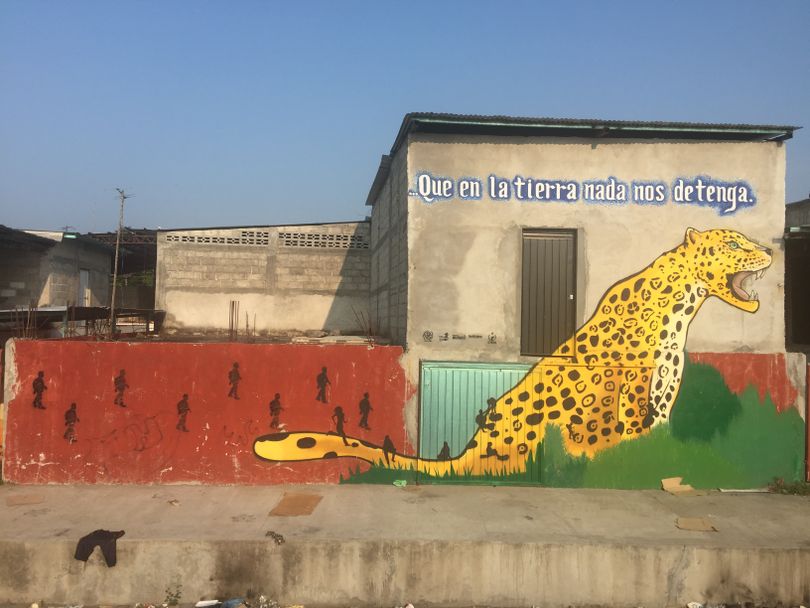The immigrant trail

TAPACHULA, Mexico - Many of the routes used by immigrants from Central America and Africa are fairly plain to see along the river that divides Guatemala and Mexico. But there are others that are far more obscure and are called "blind spots."
On Saturday, the four Washington State University student journalists on a five-day international reporting trip were shown a number of the less obvious crossing points along the often-muddy Suchiate River. The blind spots are located among the scores of banana plantations that dot the rural countryside of Chiapas, the state that shares a border with Guatemala.
The immigrants, coming from Cuba, Nicaragua, Honduras, El Salvador, Guatemala and Africa, seem to pass easily among the local residents. Local merchants and vendors even see a financial benefit from the immigrants, who buy food and beverages if they have money.
The immigrants sometimes are greeted by signs or murals welcoming them on the next step in their journey. The jaguar is a revered animal here and is featured prominently in a large mural depicting African immigrants safely walking on a jaguar's tail.
Sunday represents the final day of reporting for the students and it promises to be a long one as the group will make a three-hour drive to Arriaga, to see the starting point of La Bestia, the train migrants have used for years to travel north.
